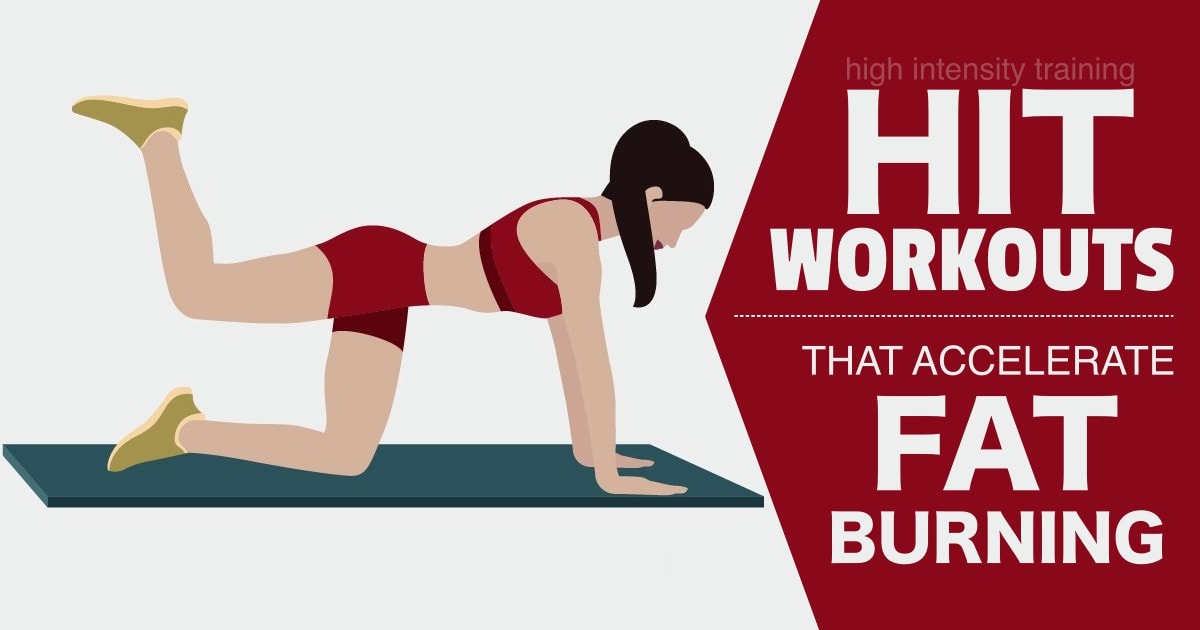

As strength can take three weeks to begin detraining, and peaking can take a few weeks to achieve depending on how fatigued your body was to begin with, the early improvements you see from a switch to low volume training are simply what anyone would normally experience while resting and tapering off a high volume approach.Įven Dorian Yates – a man-mountain, six-time winner of Mr. My thoughts are actually that the initial size increase is due to the body finally getting into the upswing of the super compensation curve after a potentially long period of overtraining. Dan John found exactly this happening to his discus throws after two years of all-out HIT training, including spending time training with Ellington Darden himself. Dan John has said, “Everything works, for about six weeks.” So while you may see a sudden increase in muscle size during those initial weeks it will often slow or stop after just a few workouts, and then you will likely find your strength will start to go backwards. The problem with programs, of any type, is that adaptation is greatest early on, and then dwindles to a halt fairly quickly. As Art de Vany said, “Focus on performance, not failure.”

And when it comes to playing an actual sport – you know, where performance is counted rather than how big your arms are – you will be found wanting. No one cares what you use for leg extensions. I know what people will say: “But my lifts went up!” Let’s be blunt. He also found the reverse result, namely that training with light weights and many repetitions offers too weak a stimulus to significantly improve maximum strength.” And here’s what Siff said in Supertraining about that research, “He concluded that training with a heavy weight does not permit the optimal number of repetitions necessary for strength increase. But research by Richard Berger in 1963 found that weights that are too heavy (beyond what you can lift on your own) and too light do not work well for strength gains. One of the problems with HIT is that it often forces people into going not just to momentary muscular failure, which is beneficial for muscle growth, but well beyond that by using many so called high-intensity techniques such as drop sets and negatives. Many are still mired in the bodybuilding mindset spawned by the 1970s and believe that how a muscle appears is a direct correlation to how a muscle performs. One of the problems still plaguing the fitness world is the lack of clear understanding between strength and size. 50%, 100%, then 75%) – none were ever better than this original method for influencing strength gains. While there have been many variations on this theme – involving decreasing the number of reps performed, increasing the amount of weight used and even varying the sequence of the sets (e.g. Only on the final set will you approach anything near muscular failure. His system advocated using three progressively heavier sets of 10 reps at 50% of your 10RM, 10 reps at 75% of your 10RM, and 10 reps at 100% of your 10 RM. De Lorme is most commonly known as the guy who created the three sets of ten system, otherwise known as the repetitive effort method.

In Supertraining, Mel Siff speaks about Thomas De Lorme. Does HIT Work for Strength Training or Hypertrophy? So, let’s split this analysis into two parts – strength training and conditioning. how many Olympic caliber athletes are doing it? Because at that level, where tiny differences can see you not make a final versus win a medal, you know that athletes will take any advantage they can in technique or strength and conditioning. The ultimate proof for me of any training program is whether or not it can stand the heat of competition, i.e. Get in, get out, live a life, play chess. Why work for an extended period of time when you can just work for a shorter time? Everyone likes that.


 0 kommentar(er)
0 kommentar(er)
